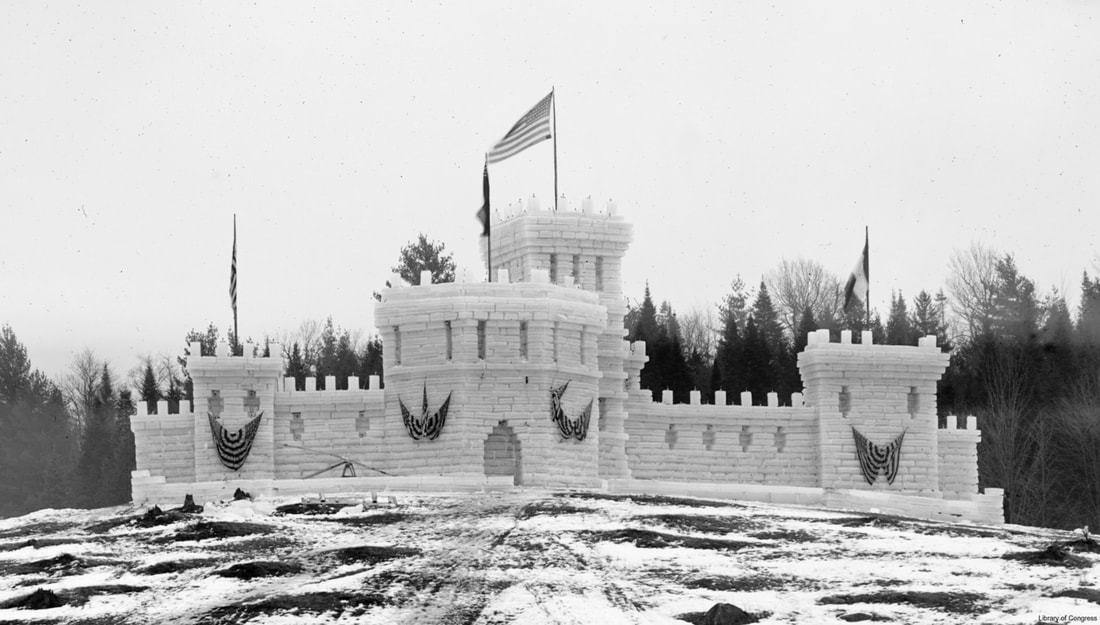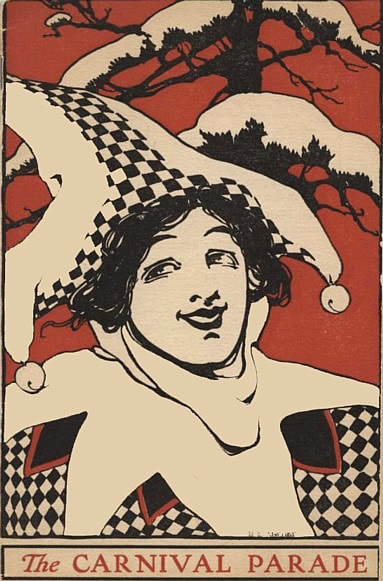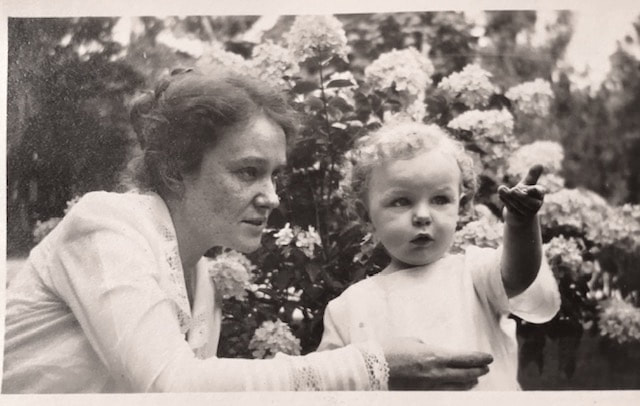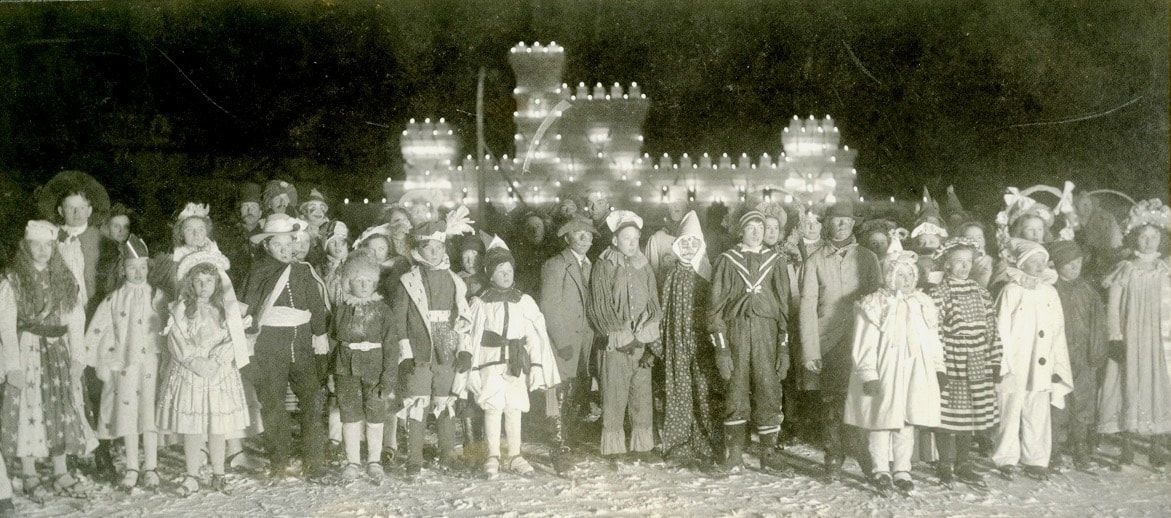|
by Amy Catania This month, one block at a time, an ice palace emerged again on the shore of Lake Flower. If you had the chance to stop by, you may have felt its warm embrace. The massive ice blocks of the palace remind me of the stone walls of Machu Picchu. Relying on a system of communal labor called mit’a, the Inca built enormous stone structures and highly engineered roads and bridges. Each citizen who could work was required to donate a number of days of their labor to cultivate crops and build public works. Historians of ancient Peru trace the ways the mit’a system forged a complex society. Working together, people developed friendships and bonds of reciprocity that served the common good throughout the year. Saranac Lake has its own form of mit’a. Winter Carnival brings together individuals from all walks of life, all ages, political persuasions, types of jobs, and personalities. Building an ice palace or a parade float isn’t always fun. We disagree about costumes, decorations, and dance moves. Like siblings we squabble, but we emerge on the other side laughing. Just like the blocks of the ice palace, one person at a time, carnival comes together. Eventually the palace melts down to a pile of rubble like an Incan ruin. But when it’s time to argue about an issue relating to the school district or village politics, having survived the dry run of carnival, we make it through together. A community net is forged. When your luck takes a turn, it is there to catch you. At Winter Carnival time, I think of this illustration by Mildred McMaster Blanchet. Milly left behind beautiful artwork and lively poems that belie a life marked by its share of hardship. A trained artist who came to Saranac Lake with TB, she met her husband Dr. Sidney Blanchet when they were both patients at Trudeau. Dr. Blanchet served as Dr. E. L. Trudeau’s personal physician. He was well respected and deeply loved by his patients. Milly and Sidney settled in the village and had three children. The community reached out to help the Blanchet family more than once. In the winter of 1933, the oldest Blanchet boys, Gray and David, fell through thin ice while skating on Lake Flower. The Ogdensburg Journal reported, “Their screams were heard by a group of boys on the shore. With presence of mind the youths quickly grabbed planks, and ropes at a nearby garage and rushed to the aid of the lads in the freezing water.” Thanks to the heroic efforts of young Saranac Lakers, including Charlie Keough and Paul Duprey, the boys survived. Four years later, tragedy struck again and didn’t miss. During the Depression, many of Dr. Blanchet's patients could not pay for care. He often treated them for free, resulting in his own bankruptcy. Dr. Blanchet fell into a deep depression and tragically took his life. Milly must have felt the world crumble under her feet. But the community net reached out. She was offered a place to live at the Trudeau Sanatorium and hired as an occupational therapist at the workshop. She taught painting, knitting, crewel work, and hand embroidery. Piece by piece, Milly re-built her life by helping others.
Eventually, thanks in part to the heroic ice rescue of 1933, Milly became a proud grandmother of ten. She retired to a senior center in Massachusetts where she created a craft room for the residents. Her granddaughter Sylvia remembers, “The walls were lined with shelves of every kind of art supply. There was a great table in the center of the room that was always filled with busy, happy people when Grand Milly was in attendance. She would mentor whoever was in need of attention and encourage every project. I saw people hooking rugs, knitting, doing needle point, and painting among other things. It was as if the people in the room were her garden and everyone there would blossom through her kind and gentle presence.” In Saranac Lake, the workshop that shaped Milly’s life still stands. For a brief time, an ice palace emerged on the shore of Lake Flower. Sadly, this year's palace was demolished early to avoid gatherings during the pandemic, but come back next winter for a warm hug.
2 Comments
Mato Ray
3/28/2022 07:33:39 am
Reply
Gavin Wear
6/30/2022 03:40:44 pm
I am here to spread this good news to the entire world on how Dr Emu helped me solve my infertility problem and i am so happy now that i am now a mother because for over 4 years i have been trying to get pregnant and needed help, i and my husband always go for medical check up and the doctor always say that the both of us are fine and i have nowhere else to get help from and all hope was almost lost until one day i visited a friend of mine and i told her what i was passing through and she introduce me to this great spell caster called Dr Emu who helped her when she was in need of help, so i took a try to contact Dr Emu through his email and i explain all my problem to him and after we have talked he perform an infertility spell for me and after that he told me what i should do, and i followed the instruction he gave and after that he instructed to sleep with my husband and also i followed the instruction and he said that the next week i should go for medical check up and the doctor confirmed that i was 4 months pregnant and i was so happy that all my sorrows were gone for ever, i am so very happy now and also if you need any kind of help or the same line with mine, contact Dr Emu on his email: [email protected] or call/text his whatsapp phone number +2347012841542 visit facebook page: https://web.facebook.com/Emu-Temple- 104891335203341
Reply
Your comment will be posted after it is approved.
Leave a Reply. |
About us
Stay up to date on all the news and happenings from Historic Saranac Lake at the Saranac Laboratory Museum! Archives
August 2022
Categories
All
|
Historic Saranac Lake at the Saranac Laboratory Museum
89 Church Street, Suite 2, Saranac Lake, New York 12983
(518) 891-4606 - [email protected]
89 Church Street, Suite 2, Saranac Lake, New York 12983
(518) 891-4606 - [email protected]

Historic Saranac Lake is funded in part by the New York State Council on the Arts with the support of the Office of the Governor and the New York State Legislature,
and an Essex County Arts Council Cultural Assistance Program Grant supported by the Essex County Board of Supervisors.
and an Essex County Arts Council Cultural Assistance Program Grant supported by the Essex County Board of Supervisors.
© 2023 Historic Saranac Lake. All Rights Reserved. Historic photographs from Historic Saranac Lake Collection, unless otherwise noted. Copy and reuse restrictions apply.




 RSS Feed
RSS Feed